Recreating the Country blog |
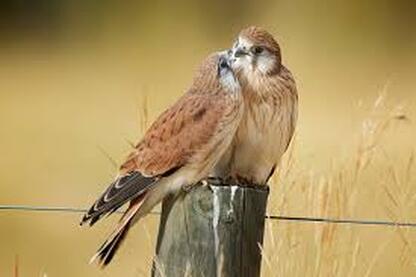 Nankeen Kestral, Falco cenchroides. is one of Bunjil's shamen called Djurt-Djurt. Nankeen Kestral, Falco cenchroides. is one of Bunjil's shamen called Djurt-Djurt. A close encounter A good friend was sitting and watching the waves roll in near Point Lonsdale while thinking about a difficult life decision. A decision that could lead to her giving up the job she loved. She was captivated by the beauty and the wild freedom of the waves crashing in on the shore when she felt a light touch on her hair. She said it felt as if a friend had patted her reassuringly. She looked around but she was alone on this open stretch of beach. Just a few meters away a Nankeen Kestrel settled on an old fence post and looked back at her. Its puzzled gaze fixed and without blinking. The two shared this close encounter for several minutes before the Kestrel lifted effortlessly on the breeze and glided away. 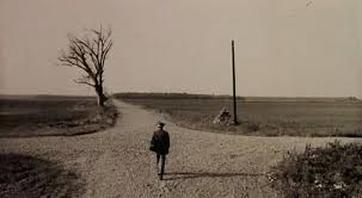 A close encounter at one of life's crossroads can guide an important decision A close encounter at one of life's crossroads can guide an important decision If we think back through our lives most of us would be able to recall a close encounter with nature. Often these encounters are uplifting, exciting, beautiful and become meaningful moments when we connect profoundly with the natural world. If a close encounter happens at one of life’s crossroads then it can play a part in an important decision and become a moment to look back on, to find strength and reassurance. These close encounters could be with an animal, a plant, a remarkable landform or a beautiful place and they can form the basis of personal totems. These close encounters with nature have played an essential part in important life’s decisions of humans for thousands of years. Particularly people whose culture is linked to the natural world that they live in. 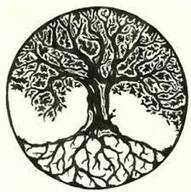 Animists believe that we are all connected by and an equal thread in the Sacred Web of Life Animists believe that we are all connected by and an equal thread in the Sacred Web of Life Animism Animism is a belief system which values nature. It is part of early and present day religions of many forager societies and it is based on the belief that every animal, plant and place has a spirit. Like humans these entities have an awareness and feelings and can be communicated to using words, dance and ceremony. Animists believe that these entities are our equals and should be cared for and treated with the greatest of respect. Yuval Noah Harari in his remarkable book ‘Sapiens’ a Brief History of Humankind describes animist culture. He gives the example of ‘an animist hunter addressing a herd of deer and asking one of them to sacrifice itself. If the hunt is successful the hunter may ask the dead animal to forgive him’. This gesture shows recognition and deep respect for one life that has been taken to nourish another. Animists were the first conservationists because they believed that the natural world wasn’t there just to provide for the needs of humans. They believed it should be protected and nurtured like any member of their family or tribal group. A failure to do so was wrong and could also result in momentous consequences 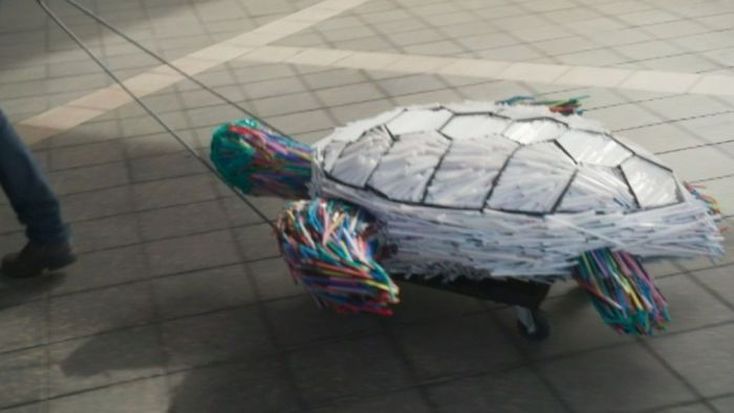 Mr McChokey was made from plastic straws thrown away by customers of McDonalds restaurants. Episode 2 of the ABC's recent 'War on Waste' with presenter Craig Reucassel Mr McChokey was made from plastic straws thrown away by customers of McDonalds restaurants. Episode 2 of the ABC's recent 'War on Waste' with presenter Craig Reucassel The momentous consequences are knocking at our door We may scoff at the implication that failing to treat the natural world’s plants, animals and places with respect could lead to bad things happening. One animal shot for fun, one old tree with hollows cut down to make way for a wider road, one wetland drained to expand a cropping business, all may seem like small losses on a national scale. However we are seeing today the effect of millions of small decisions over the past 12,000 years since the beginning of the Agricultural Revolution. We are seeing how the small decisions made by many over thousands of years have created a new Geological age, the Anthropocene. The age where many small decisions of one species is changing the climate of the planet. “One plastic straw thrown away won’t hurt, said 8 billion people”. 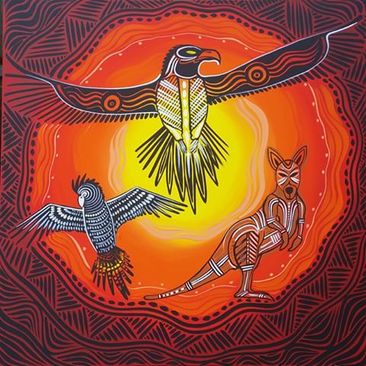 The Wedge-tailed Eagle, the Sulphur-crested Cockatoo and the Kangaroo. A powerful image from Iluka art & design. Click on the image to see more The Wedge-tailed Eagle, the Sulphur-crested Cockatoo and the Kangaroo. A powerful image from Iluka art & design. Click on the image to see more The First Australians The first Australians have a deep connection with country, its animals, plants and places. They believe that the spirits of their Dreamtime ancestors, who walked the earth in a time before time, still dwell in sacred places on country as do the spirits of the 2,000 generations of people who lived before them. These ancestral spirits can be found in ancient trees or rock formations, in significant places or can be recognised in the behaviour of native animals. I remember watching a Wathaurung man before a welcome to country ceremony following the flight of a screeching Sulphur-crested Cockatoo. He referred to the bird as his brother and felt comforted by its presence. Another Wathaurung elder on a hike along the Moorabool River, commented on the Wedge-tailed Eagle, ‘Bunjil’ that had flown along the river valley while we walked. He felt uplifted, safer and reassured by its visit. Bunjil is the spiritual totem or moiety ancestor for many of the clans between Geelong and Ballarat. Some Wuthaurung clans have 'Waa' the Crow as their ancestral moiety. Bill Gammage in his book ‘The Greatest Estate on Earth’ (p 132) records the observation of early settler Alexander Berry in NSW in 1836. ‘The natives….believe in transmutation after death….they regarded that Porpoises, as having been the ancient chiefs of the neighbourhood, who when they died had changed into these animals; and who, they said, drove fish on shore for them, sometimes whales, when the people were very hungry’. I have heard similar historic stories about the Wathaurung of the Geelong region fishing with the help of Dolphins on Corio Bay. The first Australians have complex layers of totems deeply embedded in their culture. For them a totem can be a natural object, a plant or an animal that is inherited by members of a clan or family as their spiritual emblem. Their totems define peoples' roles, responsibilities and relationships with each other and with creation. Totems could also be the descendants of the Dreamtime and are seen as heroes and spiritual guides. To explore more about the importance and variety of totems given to indigenous Australians here is a link to a 4 minute presentation at Sydney University 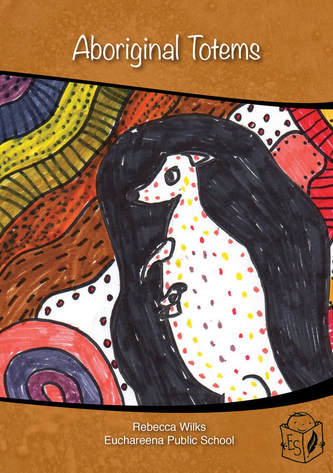 The front cover of Rebecca Wilk's book. Click on the image to read her book The front cover of Rebecca Wilk's book. Click on the image to read her book A child's story Year four author Rebecca Wilks from Euchareena Public School (220 km NW of Sydney) wrote a beautiful illustrated book on totems in 2014. Her book was produced under the successful “Tools, Totems and Tucker” Enviro-Stories Program. Her words encapsulate the essence of totemism; What is a Totem? It is an animal or plant given to you at birth that your family has a special connection to What does having a Totem mean? It means you are responsible for looking after that animal or plant and its habitat How do you look after your totem? You never, ever kill your totem animal How do you look after the habitat? Make sure you have enough trees for climbing, resting and hunting’ 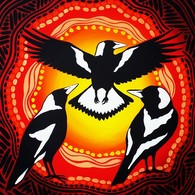 Magpies depicted in 'Morning Song'. Another vivid image from Iluka Art and Design. Magpies depicted in 'Morning Song'. Another vivid image from Iluka Art and Design. Totem animals can be a source of inspiration Rebecca is writing about an individual’s totem that is given at conception or at birth. A totem may reflect something significant the mother has seen, a natural event or a family tradition. One child was given the Echidna as a totem because her mother had to wait as an Echidna train crossed her path shortly before she gave birth. Children then form a special and personal relationship with their totem, learn about how it lives and how to protect its habitat. They are likely to feel empowered by its strengths. For example:
Totemising a culture is a very effective way of protecting nature. It provides a powerful link between humans and wildlife. It helps us look behind our veils of ignorance to understand the needs of other creatures. It provides a voice for the voiceless and a vote for the defenceless. M.H.Monroe writes in some detail about Indigenous totemism on this website. Click here to read more; Helen, recently sent me an important suggestion about involving indigenous elders when choosing children's totems. Here is part of what she wrote; Advice to teachers would be to make connection with Elders and Community members of the Country on which they are working and invite them in to talk about totems. This way, meaningful dialogue about history, connection to Country and obligation is taught by the First Teachers of this nation. See Helen's insightful suggestion in full in the comments section below posted on 19/9/21 I posed the bold question, What are your totems? at the end of my July blog ‘The rewilding of Australian Culture’, click here to read A wilding revolution Become part of a wilding revolution that leads to every Australian choosing personal totems. Every Australian child could be given a plant and animal totem when they start at preschool. Every immigrant could be given a totem plant and animal when they are naturalised. These would become their personal pathway into appreciating our amazing Australian wilderness. 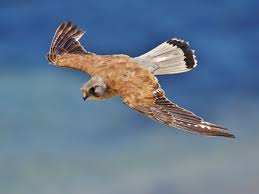 Nankeen Kestrel in flight. Photo Gary Tate. Nankeen Kestrel in flight. Photo Gary Tate. My good friend pondered about her meeting with the Nankeen Kestrel. She thought about its qualities of patience, unwavering concentration and clear vision and how it recognises opportunities and acts on then when the right moment arrives. She walked away from her seat on the empty beach deciding that the time was right to choose a new beginning. 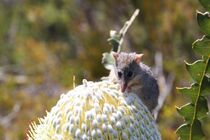 'Adopting an indigenous totem could be a simple way to care for country'. Click here to read a recent article published by ABC news Perhaps you could choose the cute Honey Possum (feeding on a Dryandra sp. flower in WA) as your totem
48 Comments
Helen Turner
26/11/2019 06:53:26 pm
Hi
Reply
Steve
27/11/2019 12:07:04 pm
Hi Helen,
Reply
Helen
19/9/2021 07:26:30 pm
Hi Steve,
jack
8/3/2022 10:34:55 am
you cant choose your totem
Temeka
21/11/2020 09:36:59 am
So all you do is actually buy an animal and a plant thats it!!
Reply
Steve
24/11/2020 11:40:51 am
Hi Temeka,
Daniel
9/12/2019 03:49:16 pm
Hi Steve,
Reply
Steve
10/12/2019 02:20:50 pm
Hi Dan
Reply
Helen Turner
4/3/2020 02:54:16 pm
totem update
Reply
Steve
24/7/2020 04:23:16 pm
Thanks Helen
Reply
Joanne Gyemore
5/6/2021 12:01:24 pm
Hi I love this and would be really interested in researching this for my work and also including it in my home for my Children and grandchildren, but not sure where to start.
Reply
Steve
5/6/2021 02:16:08 pm
Hi Joanne,
Tracey
6/7/2020 06:02:58 pm
Hi Steve.
Reply
Steve
7/7/2020 11:07:19 am
Hi Tracey,
Reply
Carley
9/5/2022 08:50:43 pm
Hi Steve sorry to just barge in but my nan was stolen gen and has olny just found some of her family may I ask how she would get a totem
Kim
29/7/2020 08:18:29 pm
Hello Steve,
Reply
Steve
30/7/2020 04:27:08 pm
I think every Ozi kid should have their own totem animal and plant as I have written in my blog
Reply
Karly-June
15/9/2020 10:58:10 pm
Hi Steve,
Reply
Steve
16/9/2020 10:56:05 am
Hi Karly-June,
Reply
Lyn Doherty
8/1/2021 07:27:16 pm
Thank you for this insightful blog. Such a wonderful idea. It is delightful to be able to read something spiritual for a change.
Reply
Steve
10/1/2021 05:56:30 pm
Hi Lyn,
Reply
13/2/2021 06:10:29 pm
An old kangaroo has chosen our property to spent
Lyn Doherty
14/9/2023 07:14:29 am
Thank you Steve. I have only just found your comment.
Neikz
13/2/2021 03:48:15 pm
Hi there Steve
Reply
Steve
13/3/2021 06:12:17 pm
Hi Neikz,
Reply
Ryan
11/6/2021 09:25:12 am
Hi Stephen,
Reply
Steve
11/6/2021 03:58:24 pm
Hi Ryan,
Reply
gillian bennett
13/7/2021 07:14:18 pm
Thanks for this beautiful article. I resonate and respect ancient indigenous culture n beliefs, having done some study. While non - indigenous I feel a deep connecting to land n it's inhabitants. I have often wondered about my own totem. As a wildlife carer I have had experience with many of our native birds n marsupials n I love them all. Feeling a special affinity with tawnys n grey roos had me curious about them as my totem.
Reply
Steve
15/7/2021 04:46:58 pm
Hi Gillian,
Reply
sophie
2/10/2021 07:18:38 pm
Hi Steve,
Reply
Steve
4/10/2021 01:12:34 pm
Hi Sophie,
Reply
Jack
11/10/2021 02:14:14 am
Hey Steve,
Reply
Steve
15/10/2021 05:40:08 pm
Hi Jack,
Reply
Steve
28/11/2021 06:52:24 pm
Hi Sheriden,
Reply
Hi, just wanted to say this was a really helpful article, I am currently working on a story and I wanted to include associate a totem with one of my characters, but I don't really know many totems and their meanings, Is it alright if you could list some? Thanks!
Reply
Steve
14/3/2022 03:18:52 pm
Hi Jane,
Reply
Nerridah Khoory
25/5/2022 10:21:59 am
Looking for my Totem from my gt gran mother who was born, at a secret birthing spot somewhere near Moree NSW.
Reply
Steve
31/5/2022 10:14:05 am
Hi Nerridah,
Reply
lyn doherty
31/5/2022 07:11:52 pm
Very beautiful and caring answer Steve.
Reply
Nerridah
31/5/2022 08:39:33 pm
Steve your comments gave me so much encouragement.
Reply
Steve
2/6/2022 11:54:13 am
Hi Nerridah,
Reply
Brad
27/11/2022 03:12:06 pm
Looking for the Totten animal for gundungurra mob of NSW please
Reply
Steve
1/12/2022 12:38:12 pm
Hi Brad,
Reply
Bridie-lee margery
13/9/2023 08:07:41 pm
I really want to know my totem is am an aboriginal 12 year old and my tribe is murrain. I was born on the 25th of January.
Reply
Tyler
21/5/2024 10:10:59 am
I was born in Liverpool nsw what’s my totem?
Reply
bitchass
23/7/2024 03:21:25 pm
hi
Reply
Leave a Reply. |
Click on the image below to discover 'Recreating the Country' the book.
Stephen Murphy is an author, an ecologist and a nurseryman. He has been a designer of natural landscapes for over 30 years. He loves the bush, supports Landcare and is a volunteer helping to conserve local reserves.
He continues to write about ecology, natural history and sustainable biorich landscape design. 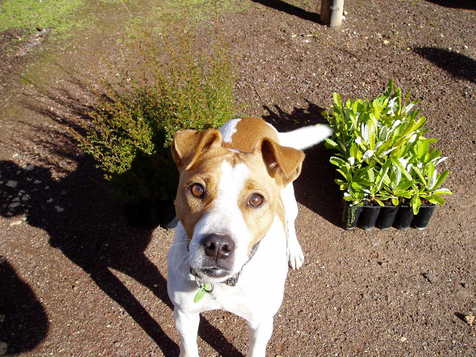
|
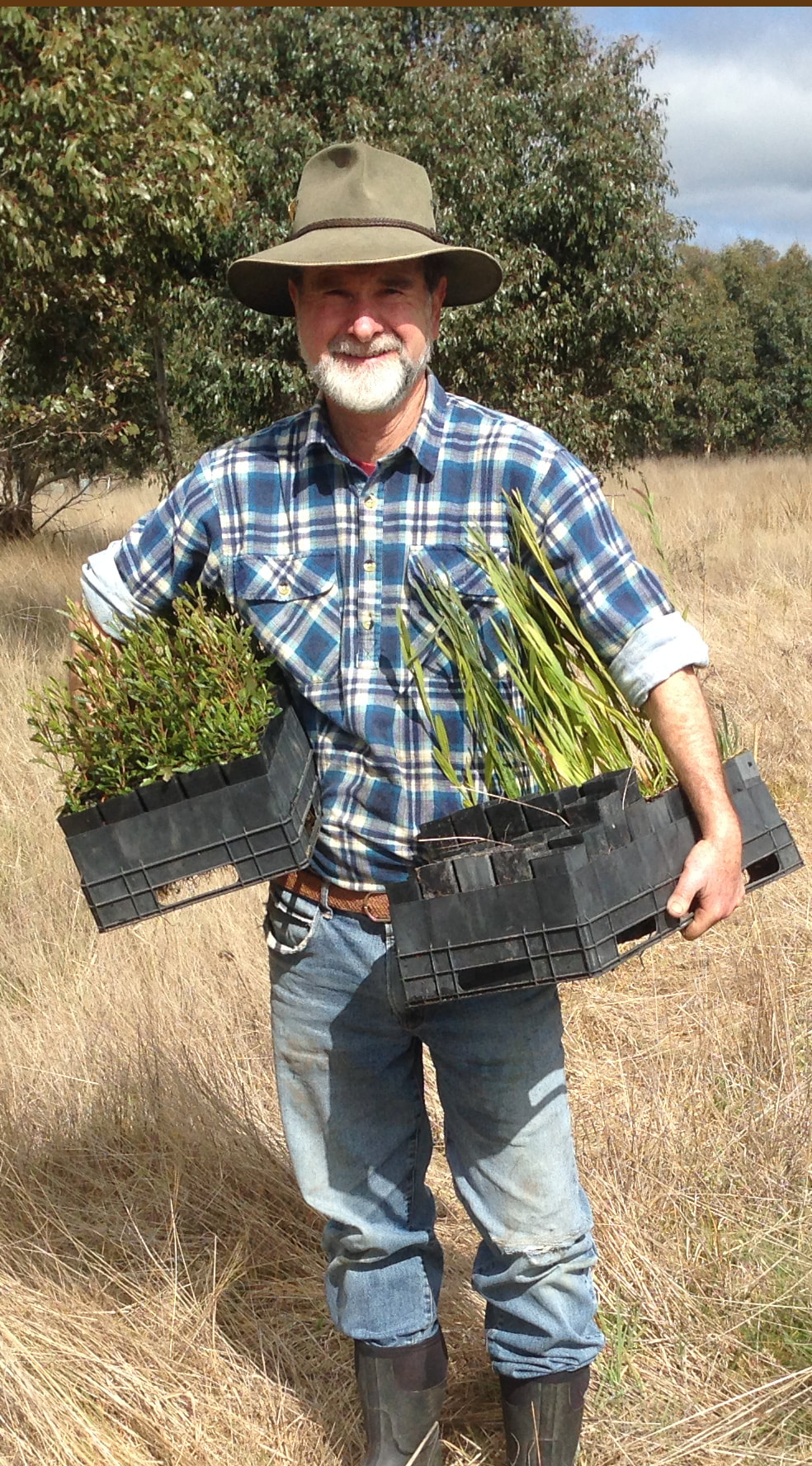

 RSS Feed
RSS Feed
